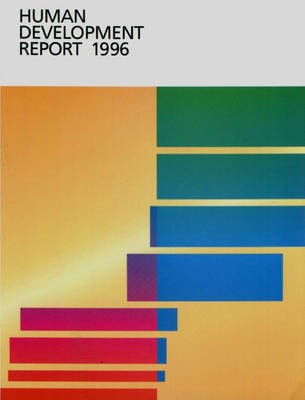Human Development Report 1996(English, Paperback, Programme United Nations Development)
Quick Overview
Product Price Comparison
The Human Development Report, now in its seventh edition, updates the unique Human Development Indicators comparing human development in most countries of the world, and the data tables on all aspects of human development. It describes the historical evolution of the human development paradigm, and examines the trends in economic growth and human development from a larger canvas, ultimately showing their impact on people. The special focus of this edition is on the important link between economic growth and human development. The Report maintains that the link is not automatic but can be established through proper policy management, arguing the case for initiating and accelerating economic growth and at the same time accelerating and sustaining human development in different parts of the world. The Report also maintains that the quality of growth is as important as its quantity; otherwise, growth can be jobless, voiceless, ruthless, rootless, and futureless. It identifies employment as an important instrument in translating the benefits of economic growth into peoples lives.According to the Report, the world has become polarized since more than a billion people are enjoying a more than 5 per cent per capita income growth, while there are nearly a billion people suffering from negative growth. The Report ranks 174 countries according to the Human Development Index (HDI). It also gives the global ranking of more than 100 countries in terms of Gender-Related Development Index (GDI) and the Gender Empowerment Measure (GEM). The first index represents HDI, taking into account gender inequality in capabilities, and the second represents female opportunities in selected economic and political areas. New to this edition is the Capability Poverty Measure (CPM), which is used as an alternative to the traditional income poverty measure. The Report concludes that the future challenge is how to forge and sustain the desired kind of linkage between economic growth and human development in a globalized world which represents both opportunities and threats for the nations of the world.


